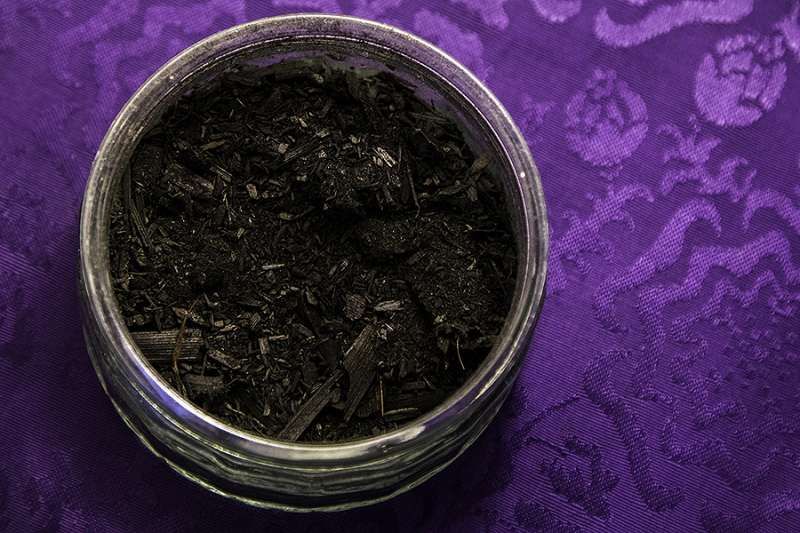After some Filipino Catholics developed mysterious rashes on Ash Wednesday, the Diocese of Caloocan investigated to determine the cause of the skin irritant.
While sabotage was initially suspected as a possibility, the reason behind the rashes turned out to be less sinister and more scientific — the ashes had been overcooked, which increased their level of acidity, resulting in rashes and blisters when mixed with water and applied to the skin.
“They call it overcooked charcoal turned into caustic ashes that produce high acidity when mixed with water,” said Bishop Pablo David of Caloocan, according to Manila Bulletin.
During Ash Wednesday Mass at the San Roque Cathedral in Caloocan, Philippines, some worshipers noticed a burning sensation when the ashes where applied to their foreheads. Later, they developed a blistering rash where the ashes were touching their skin.
Not all the parishioners suffered an adverse reaction, however, which led Bishop David to suspect that a toxic component may have been introduced to only some of the containers, UCA News reported.
After reports of parishioners being burned, the ashes were pulled from use, and Bishop David promised to investigate the cause of the problem.
“Rest assured that we will not leave a single stone unturned in order to find out what caused this unfortunate incident,” he said.
However, a review of security footage found that no one had tampered with the ashes.
Instead, chemical tests determined that the ashes had an unusually “high level of acidity,” the Manila Bulletin reported.
He said the palms are usually burned in clay pots, but because of this year’s high quantity, more palms were gradually added to the mixture, and some were burned for too long.
When mixed with water, the caustic ashes became acidic, with the highest acidity levels separating to the top. As a result, the first people in line to receive ashes on their foreheads were exposed to the most acidic portion.
“Not all were affected because the liquid part that turned acidic surfaced and became [the] cause for blisters. The rest who got just moist ashes suffered only minor rashes that disappeared as soon as the substance was washed off,” said Bishop David.
With the cause of the rashes discovered, the prelate said the most important goal was to treat those who had been harmed.
“What matters for us is that we are able to apply the proper medication — silver sulfadiazine on people who have been affected.”

